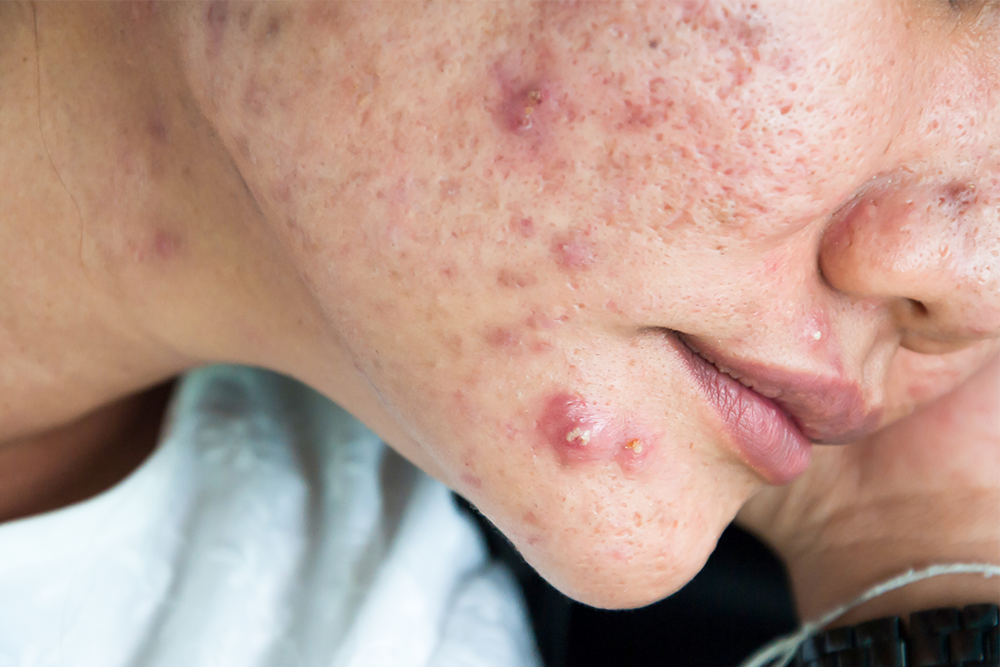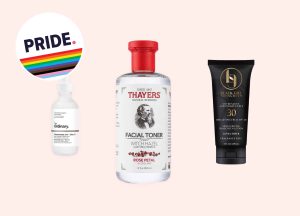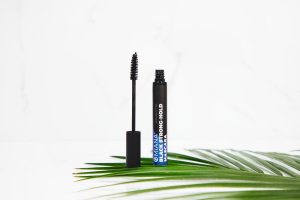Breaking Down the Science of Acne: Innovative Approaches of 2025
3 min read
Acne isn’t just a teenage rite of passage—it’s a complex skin condition that follows some of us well into adulthood. And let’s be honest, it’s frustrating. But 2025 is bringing some seriously exciting breakthroughs to the table. From microbiome-balancing serums to AI-powered skin diagnostics, the future of acne treatment is looking smarter—and more personalized—than ever.
Why Acne Happens (The Quick Science Recap)
Before we dive into the innovations, let’s revisit the basics. Acne forms when hair follicles get clogged with oil and dead skin cells. Add bacteria (Cutibacterium acnes, anyone?) and inflammation to the mix, and voilà—you’ve got a breakout. Hormones, stress, diet, and genetics all play their parts too. But here’s the thing: traditional treatments often take a one-size-fits-all approach. And that’s where 2025’s science steps in.
The 2025 Game-Changers in Acne Treatment
1. The Microbiome Revolution
Your skin has its own ecosystem of bacteria—think of it like a tiny rainforest on your face. When it’s balanced, your skin glows. When it’s not? Breakouts galore. Researchers in 2025 are focusing on prebiotic and probiotic topicals that don’t just kill acne-causing bacteria but nurture the good guys too. Imagine a moisturizer that’s basically a yogurt smoothie for your skin. Yeah, it’s that cool.
2. AI-Powered Skin Analysis
Forget guessing your skin type. AI tools now analyze your acne patterns, oil production, and even lifestyle factors to create a hyper-customized treatment plan. Snap a selfie, and an algorithm tells you exactly which active ingredients your skin needs—or whether that “miracle” toner is a dud for your unique biology.
3. Wearable Skin Sensors
These tiny patches stick to your skin and monitor oil levels, pH, and inflammation in real time. If your skin’s about to rebel, your phone buzzes with a warning—like a weather app, but for breakouts. Early studies show they reduce flare-ups by up to 40% by helping users adjust routines before pimples even form.
Beyond Creams and Pills: The Unexpected Players
Acne treatment isn’t just about what you put on your skin anymore. Here’s what’s shaking up the game:
- Gut-Skin Axis Therapies: Scientists are linking gut health to acne severity. Probiotic supplements tailored to your microbiome? Check. Even fermented foods are getting a second look.
- LED Light 2.0: New at-home devices combine blue (anti-bacterial) and red (anti-inflammatory) light with adjustable wavelengths. No more guessing which color works best.
- Stress-Targeting Tech: Cortisol spikes trigger breakouts. Apps now sync with wearables to suggest breathing exercises or meditation when stress hormones rise.
The Controversial Stuff (Because Science Isn’t Always Pretty)
Not every 2025 trend is a slam dunk. Bacteriophage therapy—using viruses to target acne bacteria—sounds sci-fi, but early trials show promise. Then there’s CRISPR-based skincare, which edits genes to reduce oil production. Exciting? Absolutely. Ethically murky? Maybe a little. And let’s not forget the rise of personalized acne vaccines, still in experimental phases but potentially revolutionary.
What This Means for You
The takeaway? Acne treatment is finally moving past the “slap on some benzoyl peroxide and hope for the best” era. Whether it’s smarter tech or gentler microbiome care, 2025’s innovations are all about working with your skin, not against it. And honestly? It’s about time.




